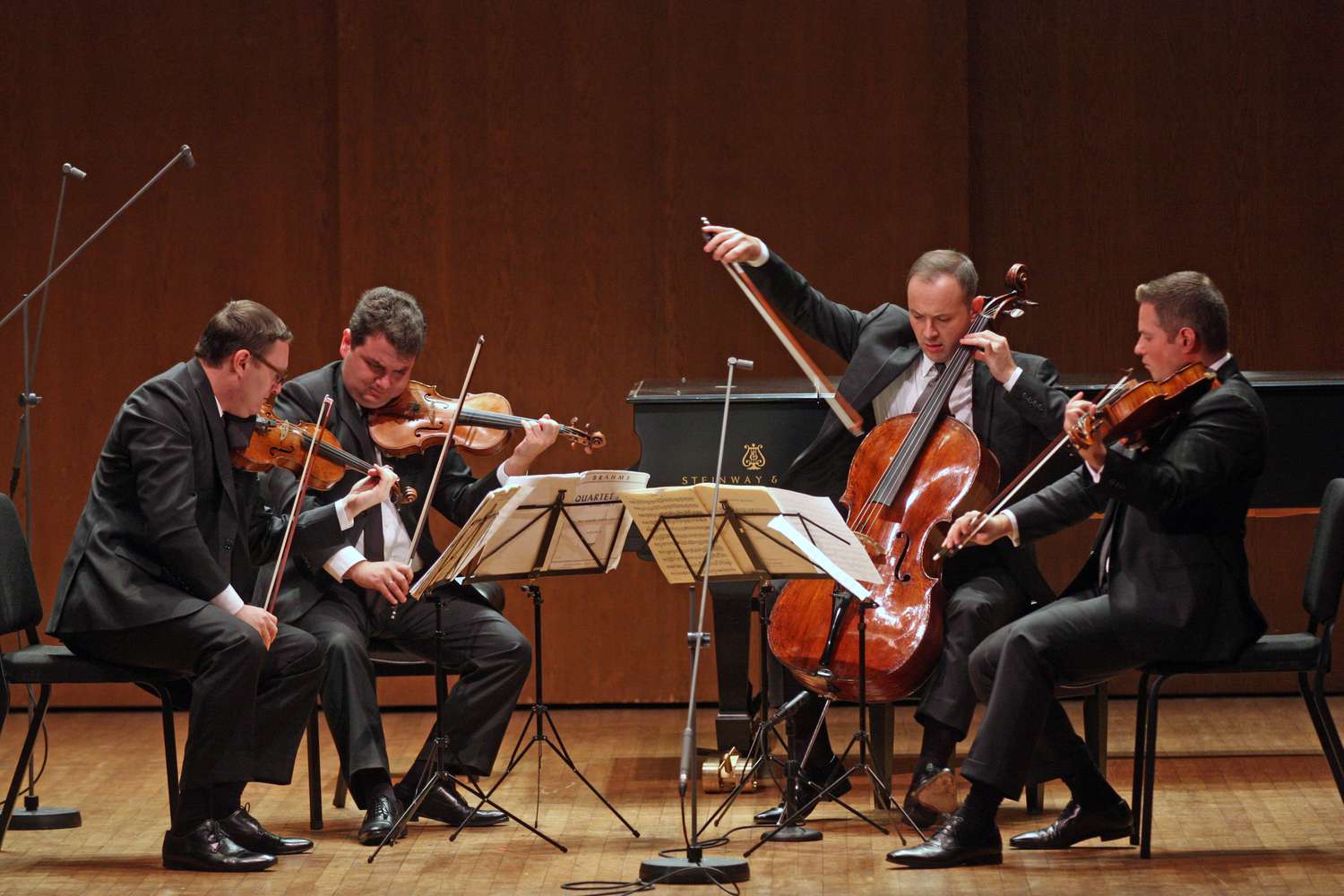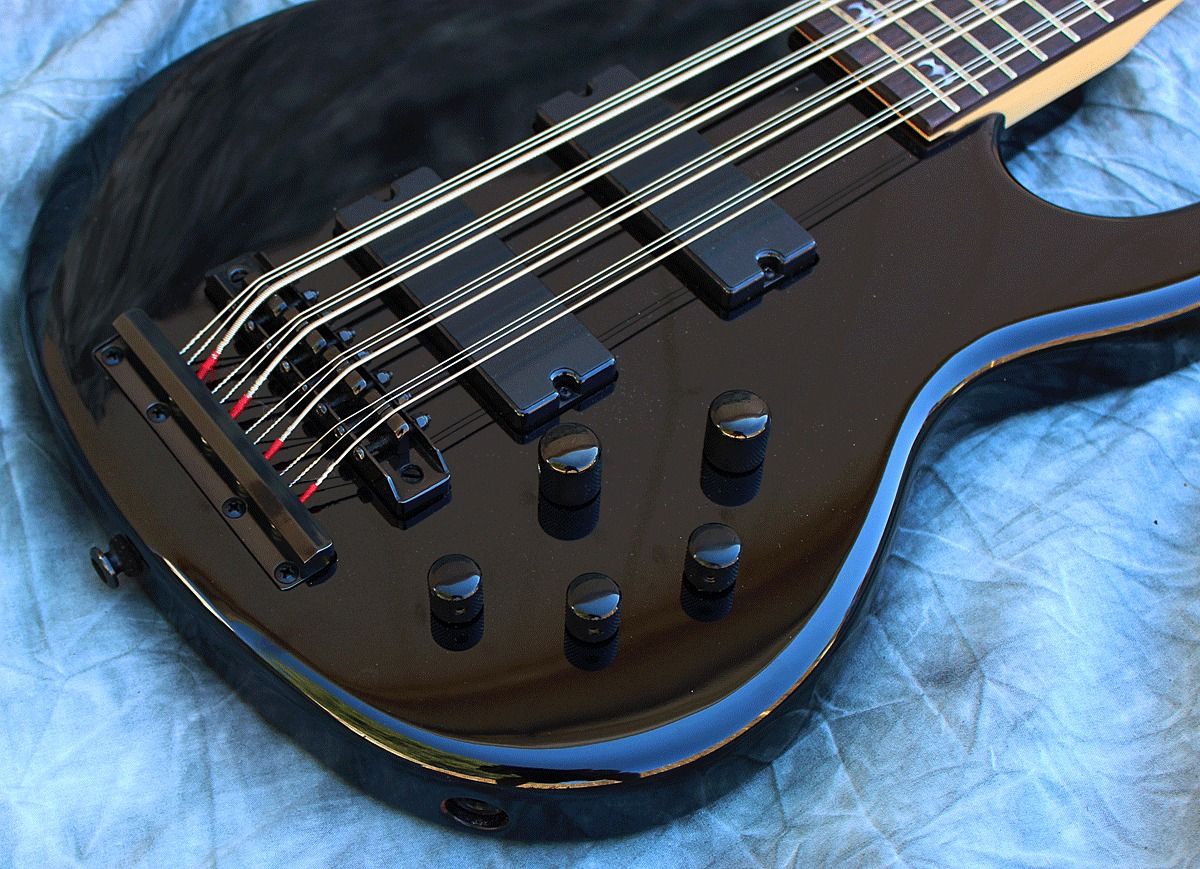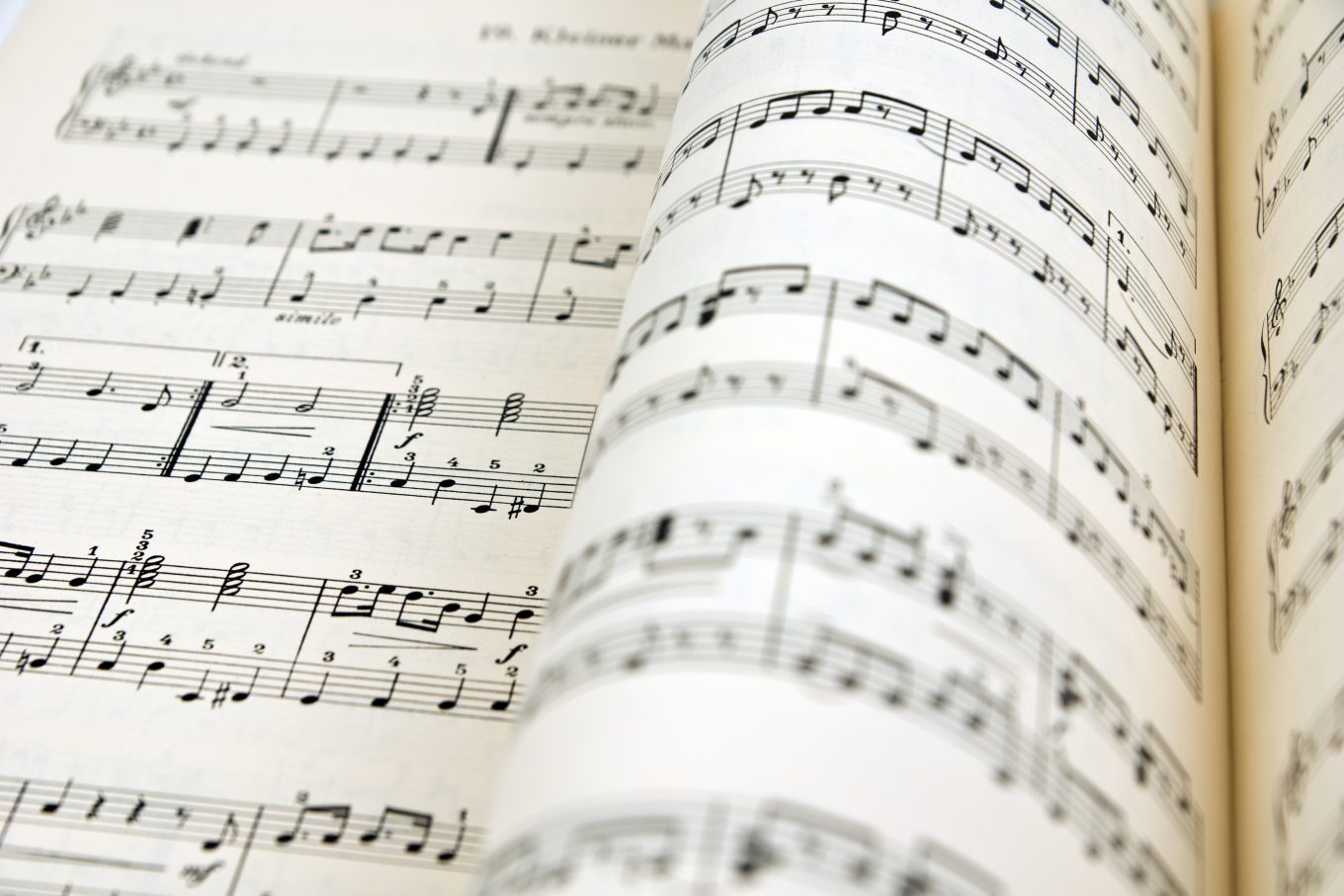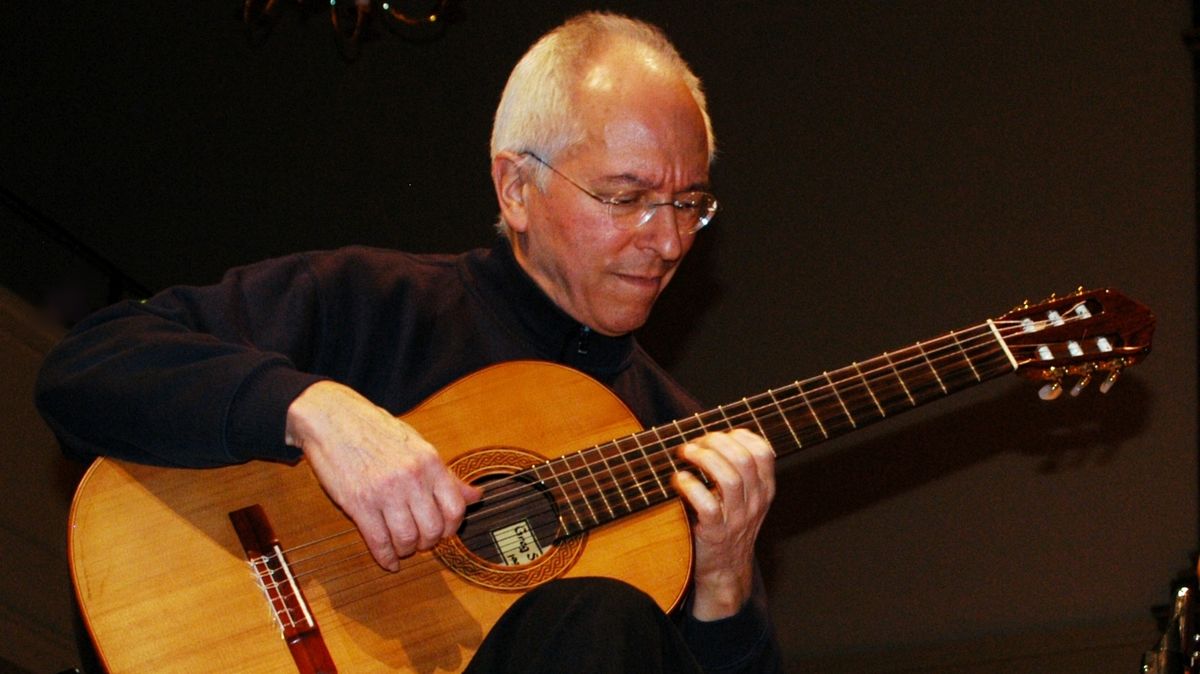Home>Genres>Classical>What Is The Instrumentation For The Classical String Quartet?


Classical
What Is The Instrumentation For The Classical String Quartet?
Published: November 1, 2023
Discover the essential instruments used in the classical string quartet, including the violin, viola, cello, and double bass. Explore their unique roles in creating timeless classical music.
(Many of the links in this article redirect to a specific reviewed product. Your purchase of these products through affiliate links helps to generate commission for AudioLover.com, at no extra cost. Learn more)
Table of Contents
Introduction
The classical string quartet is an instrumental ensemble consisting of four musicians playing four different instruments: two violins, a viola, and a cello. This ensemble has been an integral part of Western classical music for centuries, offering a rich and diverse repertoire that spans various styles and periods.
With its delicate balance of melody, harmony, and texture, the string quartet has captivated audiences and inspired composers to write some of the greatest musical compositions in history. From the elegant counterpoint of Bach to the emotional depth of Beethoven and the innovative harmonies of Bartók, the string quartet has proven to be a versatile and expressive medium.
In this article, we will explore the instruments that make up the classical string quartet and delve into their unique characteristics and roles within the ensemble. We will examine the first and second violins, the viola, and the cello, and how their distinct sounds blend together to create the harmonious tapestry that defines the string quartet.
Whether you are a music enthusiast or a student of music, understanding the instrumentation of the classical string quartet will deepen your appreciation for this remarkable ensemble and shed light on the intricacies of its performances and compositions.
Instruments of the Classical String Quartet
The classical string quartet consists of four primary instruments that work together to create a balanced and harmonious sound. Let’s explore each instrument and its characteristics:
-
First Violin
The first violin is considered the lead instrument in the string quartet. It carries the melody, playing the highest pitches and often performing intricate passages and virtuosic solos. The first violin adds brilliance and a sense of forward momentum to the ensemble.
-
Second Violin
The second violin provides accompaniment and harmony to the first violin. Its role is to support the melody while adding depth and richness to the overall sound. The second violin often plays counter melodies, filling in harmonies, and providing rhythmic stability.
-
Viola
The viola has a lower range than the violins and serves as the middle voice of the string quartet. It adds warmth and depth to the ensemble’s sound, bridging the gap between the high-pitched violins and the deep-toned cello. The viola often plays harmonies, inner voices, and occasional solo passages.
-
Cello
The cello is the lowest-pitched instrument in the string quartet. It provides the foundation and serves as the glue that holds the ensemble together. The cello’s rich and resonant tones add depth, richness, and a sense of grounding to the quartet’s sound. It often plays bass lines, counter melodies, and provides essential rhythmic and harmonic support.
When combined, these four instruments create a dynamic and cohesive sound that allows for a broad range of expressive possibilities. The intertwining melodies, harmonies, and textures produced by the instruments bring life to the compositions and showcase the unique chemistry and artistry of the string quartet.
First Violin
The first violin is considered the lead instrument in the classical string quartet. It plays the highest pitches and carries the melody, often taking the spotlight with virtuosic solos and intricate passages.
The first violinist’s role is crucial in setting the tone and shaping the overall sound of the quartet. Their instrument is tuned to the highest pitch among the quartet members, allowing for soaring melodies and brilliant playing. With their nimble fingers and bowing techniques, first violinists bring expressiveness and emotion to the ensemble.
One of the primary responsibilities of the first violin is to guide the other members of the quartet and maintain rhythmic accuracy. They have the task of leading entrances and indicating important musical cues through their playing, ensuring that the ensemble stays together and cohesive.
In addition to playing melody lines, the first violin often performs intricate passages and embellishments that add ornamentation and flair to the music. Their technical prowess and command of the instrument allow for dazzling displays of skill and musicality.
Within the quartet, the first violin also interacts closely with the other instruments, particularly the second violin. They often engage in dialogue, playing off each other’s melodies and harmonies to create intricate layers of sound and musical interplay.
Playing the first violin requires a deep understanding of musical interpretation, stylistic nuances, and the ability to balance individual expression with ensemble cohesion. The first violinist must have a keen ear for intonation, dynamics, and phrasing, ensuring that the quartet performs with precision and unity.
The first violin’s role is both demanding and rewarding, requiring technical mastery, musical sensitivity, and a strong sense of leadership. Their contributions lay the foundation for the quartet’s overall sound, adding brilliance and a sense of forward momentum that captivates audiences and breathes life into the music.
Second Violin
The second violin is an essential component of the classical string quartet, providing accompaniment, harmony, and depth to the ensemble’s sound. While the first violin takes the lead, the second violin plays a crucial supportive role, enhancing the overall texture and cohesion of the quartet.
As the second highest-pitched instrument in the ensemble, the second violin complements the first violin’s melodies with harmonies and countermelodies. It adds depth and richness to the quartet’s sound, filling in the middle voices and supporting the overall harmonic structure.
The second violinist’s technical proficiency allows them to execute intricate passages and blend seamlessly with the other instruments. They embody the foundation of the quartet’s harmonies, often playing sustained notes, rhythmic accompaniment figures, and syncopated rhythms that provide a solid rhythmic framework for the entire ensemble.
Collaboration with the first violin is of utmost importance for the second violinist. They work together closely, often engaging in dialogues where they exchange melodic material and intertwine their playing. This interplay creates layers of complexity and depth, adding interest and variety to the quartet’s overall sound.
While the second violinist may not always have the spotlight, their contributions are vital in maintaining the quartet’s balance and coherence. They serve as a bridge between the first violin and the lower-pitched instruments, facilitating seamless transitions and maintaining a strong foundation for the quartet’s collective musical expression.
Playing the second violin requires a strong sense of rhythm, intonation, and a deep understanding of the harmonic structure of the music. The second violinist must also have a keen awareness of the musical narrative, supporting and enhancing the overall emotional arc of the composition.
While the second violin may not always receive the recognition and attention that the first violin does, their role is fundamental to the success of the quartet. Their contributions add depth, harmony, and cohesion to the ensemble’s sound, making the quartet a truly collaborative and unified musical experience.
Viola
The viola, often referred to as the “middle voice” of the string quartet, plays a vital role in shaping the ensemble’s sound. Positioned between the higher-pitched violins and the lower-pitched cello, the viola adds warmth, depth, and richness to the quartet’s overall texture.
With its slightly larger size and lower tuning, the viola produces a distinct and unique sound. Its timbre is darker and mellower than that of the violin, giving the quartet a captivating tonal contrast. The viola’s expressive potential lies in its ability to evoke a range of emotions, from sweetness and lyricism to melancholy and introspection.
The violist’s role within the string quartet is primarily twofold. Firstly, they contribute to the quartet’s harmonic structure by providing inner voices and supporting the harmony. The viola often plays harmonies, countermelodies, or has a supporting role in the chordal progression, adding depth and complexity to the ensemble’s overall sound.
In addition to its harmonic responsibilities, the viola occasionally takes on a soloistic role, showcasing its unique colors and capabilities. Composers have written beautiful passages that highlight the viola’s rich tones, allowing it to shine as a distinct voice within the quartet.
Collaboration between the viola and the other instruments is vital for the quartet’s success. The viola often interacts with both the first and second violins, engaging in melodic exchanges and participating in contrapuntal dialogues. These interactions create a complex web of interwoven melodies and harmonies, demonstrating the remarkable interplay among the quartet members.
Playing the viola requires a keen sense of musicianship and versatility. The violist must navigate between playing a supporting role and stepping into the spotlight when called upon. They must have a strong understanding of the harmonic structure and the ability to blend with the other instruments while still maintaining their distinctive voice.
The viola’s contribution to the classical string quartet should not be underestimated. Its warm and distinct tone adds depth, richness, and emotional nuance to the ensemble’s collective sound. As a vital cog in the quartet’s machinery, the viola bridges the gap between higher and lower voices, creating a balanced and cohesive musical experience.
Cello
The cello, known for its rich and resonant tones, serves as the foundation of the classical string quartet. As the lowest-pitched instrument in the ensemble, it adds depth, richness, and a sense of grounding to the quartet’s overall sound.
With its large body and deep tonal range, the cello produces a warm and expressive sound. It has the ability to evoke a wide range of emotions, from the melancholic and introspective to the powerful and dramatic.
The cellist plays a crucial role in holding the quartet together. They often provide the bass line, anchoring the harmonies and playing rhythmic figures that define the quartet’s rhythmic structure. The cello’s steady and propulsive playing ensures that the ensemble maintains a cohesive and unified sound.
While the cello is primarily responsible for the bass lines, it also has opportunities for melodic solo passages and countermelodies. Composers often exploit the cello’s lyrical qualities, showcasing its ability to sing and emote through melodic lines. These moments of solo expression add depth and variation to the quartet’s musical narrative.
Collaboration between the cello and the other instruments is essential in the quartet setting. The cellist works closely with the viola, creating a balanced and harmonious middle section. They also interact with the violins, engaging in musical dialogues and exchanging motifs. These exchanges create a dynamic interplay between the different voices within the quartet.
Playing the cello requires not only technical skill but also a deep understanding of tonal balance and musical expression. The cellist must possess a strong command of the instrument to navigate the demanding bass lines and the expressive possibilities of the melodies. They provide a strong foundation while also adding nuance and emotion to the quartet’s collective sound.
The cello’s presence in the classical string quartet cannot be overstated. Its deep, resonant tones and melodic capabilities provide the quartet with a sense of grounding, solidity, and emotional depth. Whether providing harmonic support, playing lyrical melodies, or driving the rhythmic pulse, the cello completes the quartet’s sonic palette and contributes to its overall musical brilliance.
Conclusion
The classical string quartet, consisting of the first and second violins, viola, and cello, is a remarkable ensemble that has captivated audiences for centuries. Each instrument plays a unique role, combining their distinct sounds to create a harmonious tapestry of music.
The first violin takes the lead, carrying the melody and providing brilliance and virtuosic solos. The second violin supports and complements the first, adding depth and harmony to the quartet’s sound. The viola bridges the gap between the higher and lower voices, providing warmth, richness, and harmonic support. Finally, the cello serves as the foundation, adding depth, grounding the ensemble, and accentuating rhythmic structure.
Together, these instruments create a dynamic and cohesive sound that allows for a broad range of expressive possibilities. The interplay between the instruments, the harmonic richness, and the seamless blending of melodies produce musical performances that are both captivating and emotionally engaging.
Understanding the instrumentation of the classical string quartet provides a deeper appreciation for the complexity and beauty of this ensemble. It allows for a more profound understanding of the interplay of voices, the balance of sound, and the intricate musical conversations that take place within the quartet.
Whether exploring the intricate melodies of Mozart, the emotional depths of Beethoven, or the innovative harmonies of Bartók, the string quartet offers a vast and diverse repertoire that showcases the unique capabilities of these four extraordinary instruments.
Next time you listen to a classical string quartet, take a moment to appreciate the individual contributions of the first violin, second violin, viola, and cello, and marvel at the artistry and synergy that emerges when these instruments come together to create something truly magical.











